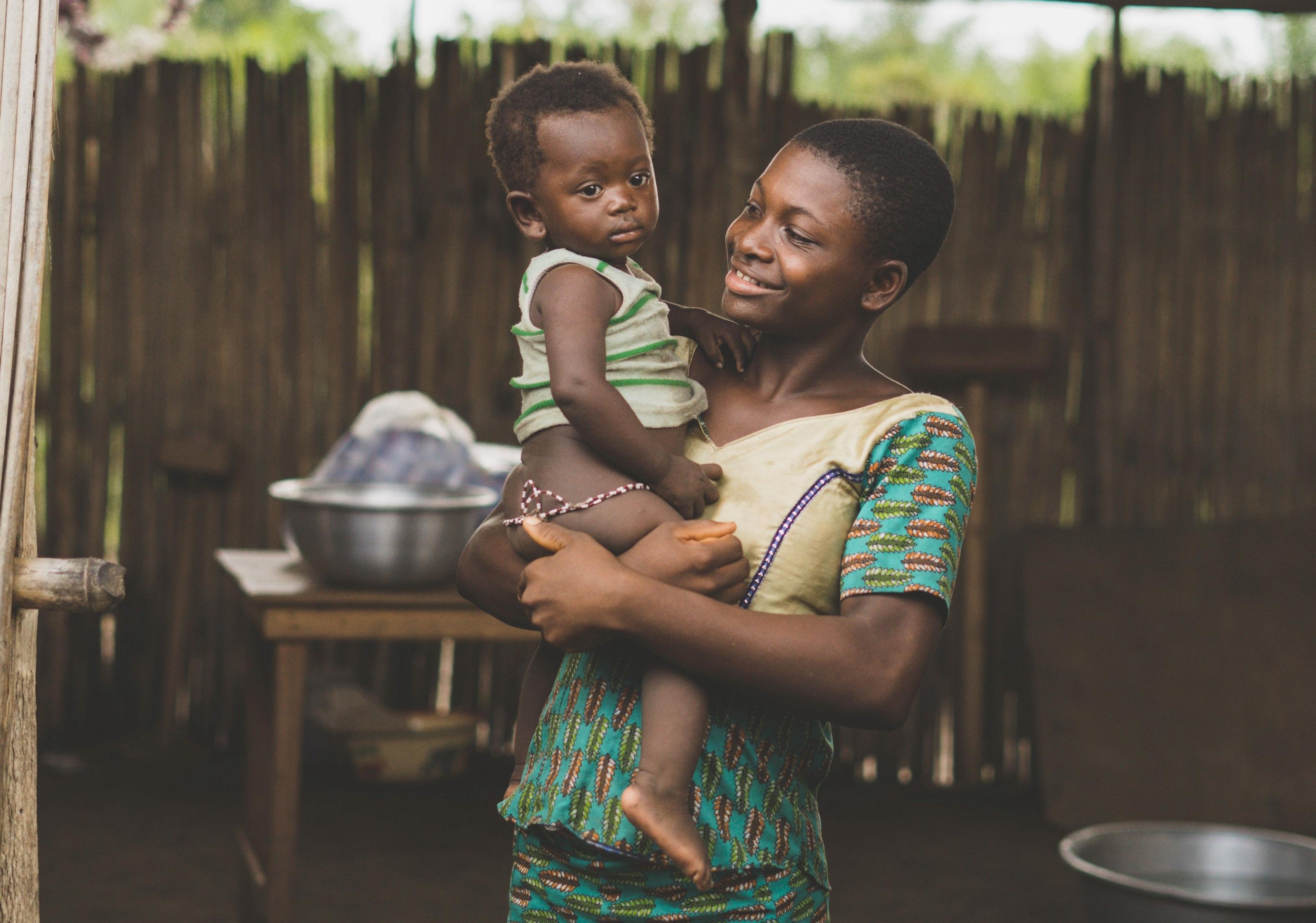
Family Empowerment Media
Family Planning Campaigns
Family Empowerment Media aims to reduce maternal deaths and other health burdens related to unintended pregnancies by enabling informed contraceptive decisions through educational media campaigns

What problem is Family Empowerment Media working on?
218 million sexually active women in low- and middle-income countries do not use effective contraceptives despite wanting to avoid pregnancy. This unmet need results in 111 million unintended pregnancies and 70,000 maternal deaths yearly. Every fifth maternal death occurs in Nigeria, where lack of knowledge is among the top reasons for contraceptive non-use. For women in Nigeria, the lifetime risk of dying due to pregnancy-related complications is 1 out of 22.
What does Family Empowerment Media do?
Family Empowerment Media (FEM) has developed multiple evidence-based, context-sensitive, and impactful radio campaigns. In 2021, FEM reached 5.6 million listeners up to 870 times in a three-month pilot campaign in Kano State. In a time period overlapping with FEM’s intervention, the contraceptive uptake in Kano rose by 75% among all women, corresponding to 250,000 new contraceptive users.
Encouraged by these results, FEM has conducted two nine-month campaigns in Kano and short (one-two week long) campaigns in eleven more states, reaching a total of ~32 million. FEM is currently preparing for a randomised controlled trial of their intervention.
Notable aspects of FEM’s work include:
- Strategic formative research: FEM conducts in-depth research to learn about its target listeners, their barriers to contraceptive uptake, and how they consume media. FEM’s research informs its content creation and broadcasting.
- Engaging content creation: FEM produces engaging, educational, and entertaining content with the support of local writers, voice actors, and production studios. Campaigns include ads, Q&A shows, serial dramas, and first-person stories.
- Meaningful stakeholder engagement: FEM’s radio campaigns are reviewed by religious leaders, state Ministries of Health, and medical authorities. The content ends with “brought to you by the state Ministry of Health in partnership with FEM.” This input allows FEM to develop culturally tailored content that is truly empowering.
What information does Giving What We Can have about the cost-effectiveness of FEM?1.
FEM is an early-stage organisation that launched in September 2020 with support from the Charity Entrepreneurship Incubation Program.
We previously included FEM as one of our recommended charities based on Founders Pledge's report on Mass Media Interventions in general (much of which covers FEM's work specifically). In 2022, Founders Pledge provided FEM a grant of $70,000 USD. Rethink Priorities cites a Founders Pledge estimate that found FEM's work in Kano to be as much as 22x as cost-effective as cash transfers; Rethink Priorities suggests it may be even higher.
We’ve since updated our recommendations to reflect only organisations recommended by evaluators we’ve looked into as part of our evaluator investigations and chosen to rely on; as such, we don't currently include FEM as one of our recommended programs but you can still donate to it via our donation platform.
At Giving What We Can, we focus on the effectiveness of an organisation's work -- what the organisation is actually doing and whether their programs are making a big difference. Some others in the charity recommendation space focus instead on the ratio of admin costs to program spending, part of what we’ve termed the “overhead myth.” See why overhead isn’t the full story and learn more about our approach to charity evaluation.